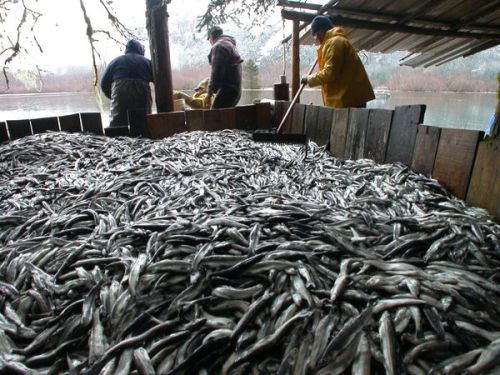Transforming the Beach, Transforming our Thinking: Ancient Clam Gardens of Northern Quadra Island, BC.
Michelle Puckett (presenter) and Amy Groesbeck, Dana Lepofsky, Anne Salomon, Kirsten Rowell, Nicole Smith and Sue Formosa
Tuesday, May 20th, 7:30pm at the University of Victoria, Cornett Building, Room B129. All welcome, free.
SFU graduate student Michelle Puckett (formerly UVIC’s own) is giving the May ASBC Victoria talk – “clam gardens”. These intertidal features have taken NW Coast archaeology by storm over the last 15 years or so. Each one is a deliberate alteration of the beach in order to enhance shellfish productivity. Hundreds of these are now known, and as archaeologists’ eyes become more tuned to this site type I expect hundreds more to be recorded. Being, in effect, a kind of mariculture or aquaculture, these are important not only to our understanding of long term histories on the coast (they challenge the anthropological type “hunter-gatherer”) but they will also become important in land claims, I am sure. Click below to read the abstract and bio for this talk.





